

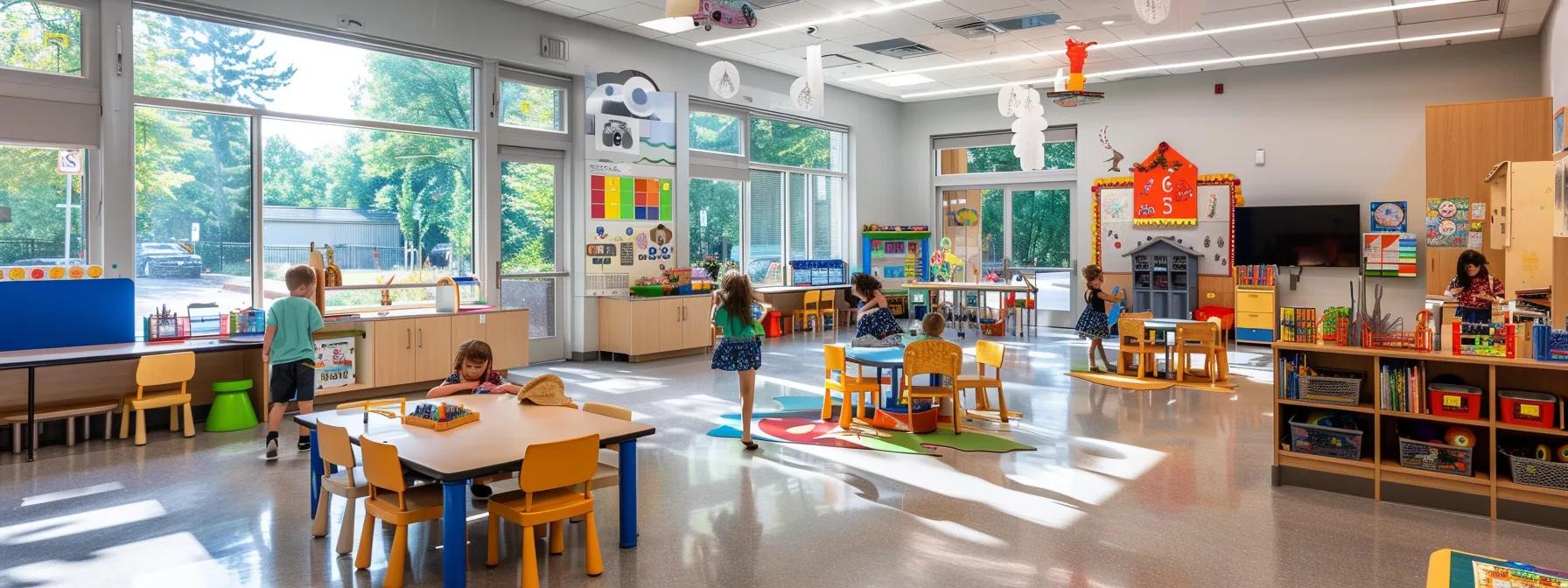
Play Based Learning in Early Childhood Education: How Learning Through Play Supports Child Development

Play Based Learning in Early Childhood Education: How Learning Through Play Supports Child Development
Play based learning is an innovative teaching method that integrates play with academic and social learning for young children. It is founded on the understanding that play is the natural way children explore, discover, and build essential skills including problem solving, language development, and creative thinking. This approach supports cognitive, social-emotional, and physical growth by creating environments where exploration, imagination, and engagement are encouraged. Educators, parents, and early childhood professionals benefit from actionable strategies, best practices, and research findings that demonstrate how play enhances cognitive and social skills while promoting holistic development.
What Is Play Based Learning and Why Is It Important in Early Childhood Education?
Play based learning incorporates play as the central component of education. This method aligns with the natural learning style of children by facilitating exploration, discovery, and social interaction, while also supporting cognitive, emotional, and physical development.
How Does Learning Through Play Foster Cognitive Development?
Learning through play engages children in activities that require problem solving, memory recall, and critical thinking. Through puzzles, role-playing, and interactive games, children experiment with new ideas and practice reasoning. These experiences enhance attention and understanding, strengthen neural connections, and support memory retention. Neuroscience shows that play triggers the release of dopamine, increasing motivation and the brain’s capacity to form essential connections for lifelong learning. Moreover, play provides practical contexts such as counting games and language activities that reinforce academic concepts.
What Social-Emotional Skills Do Children Develop Through Play?
Through play, children develop empathy, cooperation, and self-regulation. Group play and role-playing activities help them learn negotiation, sharing, and conflict resolution in a safe setting. This process fosters teamwork, communication, and emotional intelligence. By engaging in social scenarios, children build self-esteem, resilience, and stress management skills. Such competencies form a foundation for healthy relationships and successful social interactions in later life.
How Does Play Encourage Creativity and Critical Thinking?
A play based environment encourages children to ask “what if” questions and explore different solutions without the fear of failure. Free play, arts and crafts, and role-playing stimulate creative expression and innovative thinking. While building with blocks or engaging in pretend scenarios, children learn to assess stability, symmetry, and balance. Research suggests that these activities foster divergent thinking and sharpen analytical skills, which are vital for problem solving and adapting to new situations.
How Is a Play Based Curriculum Structured for Early Childhood Education?
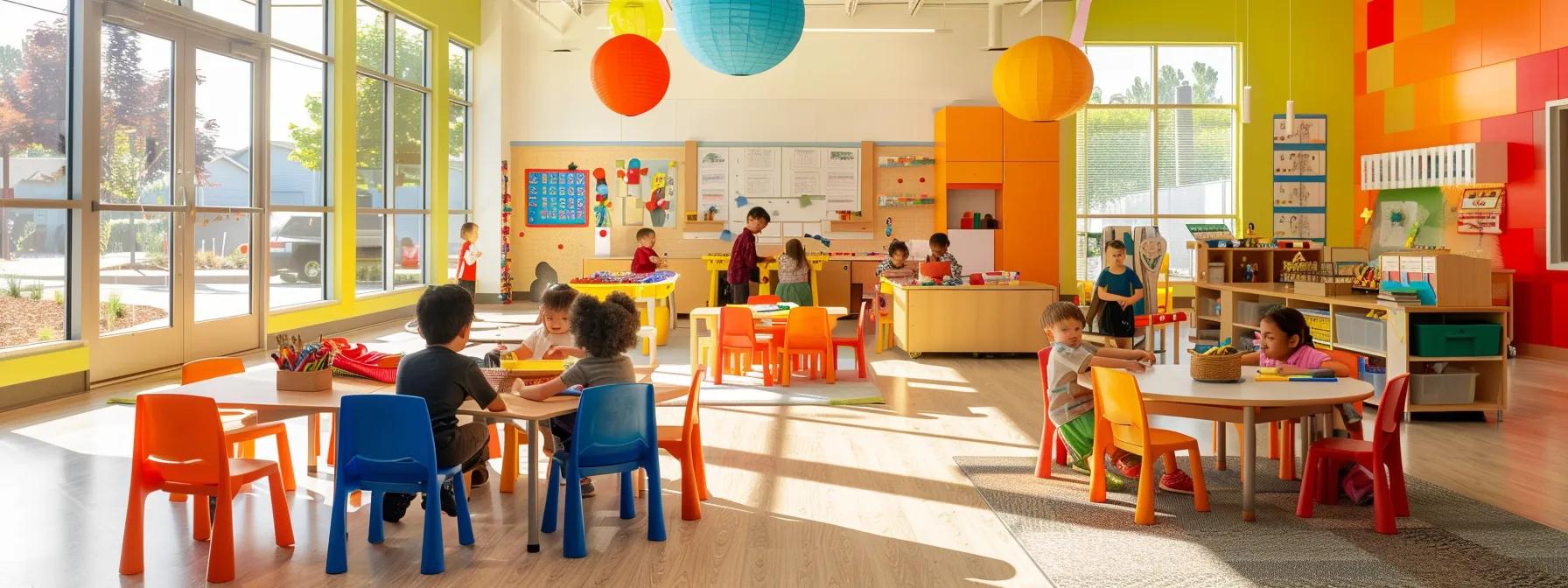
A play based curriculum is founded on child-centered learning. It blends academic objectives with playful activities, allowing children to explore at their own pace while meeting developmental milestones and educational standards.
What Are the Key Components of a Play Based Learning Curriculum?
The curriculum is built on several core elements: • Child-initiated activities and guided play that balance free exploration with structure. • Hands-on experiences that enhance sensory and motor skills through manipulation of physical objects. • Thematic units connecting play activities with concepts in literacy, numeracy, and scientific inquiry, thereby aligning with the zone of proximal development. • Use of dramatic play, building blocks, and art stations to foster critical thinking, creativity, and social-emotional growth.
How Are Developmental Milestones Integrated Into Play Based Programs?
Programs are designed to meet age-appropriate milestones by including activities that advance language, motor, and cognitive skills. Teachers continuously observe and assess each child’s progress and adjust tasks to extend their capabilities, whether moving from basic shape recognition to solving more complex puzzles. Such assessments ensure that every play session is meaningful and tailored to each child’s developmental journey.
How Does Play Based Learning Align With Educational Standards?
By embedding academic content into engaging play experiences, play based learning meets both developmental and academic objectives. Storytelling, structured games, and thematic activities are designed to build vocabulary, numeracy, and comprehension while adhering to national standards in literacy, science, and social studies. Curricular frameworks based on developmental psychology ensure that playful learning is both research-supported and academically robust.
How Can Educators Effectively Implement Play Based Learning in the Classroom?
Effective implementation balances structure with spontaneity. Classrooms are arranged into distinct areas dedicated to different types of play, using thoughtful planning and flexible routines that empower children to direct their own learning.
What Are Best Practices for Facilitating Learning Through Play?
Educators can: • Design varied learning areas (sensory, dramatic, constructive) filled with appropriate resources. • Observe and listen to children to craft activities that match their interests and developmental needs. • Incorporate routines like thematic play sessions and reflective discussions to connect playground experiences with learning objectives. • Establish clear rules that maintain a safe, respectful environment while still encouraging creative exploration. • Use inquiry-based questions to prompt critical thinking and articulate responses without unnecessary direction.
How Does Teacher Training Enhance Play Based Learning Outcomes?
Teacher training is essential. Professional development that focuses on developmental psychology and theories such as Lev Vygotsky’s zone of proximal development equips teachers with techniques to observe different learning styles and adapt activities accordingly. Workshops, peer coaching, and reflective practices help educators integrate play with curriculum standards, ensuring each session supports both academic and holistic growth.
What Resources Support Educators in Play Based Learning?
A variety of resources support this method. These include: • Educational toolkits and curriculum guides with lesson plans centered around play. • Digital platforms offering interactive and adaptive activities. • Professional networks and communities for sharing innovative strategies. • Materials such as sensory toys, art supplies, building blocks, and dramatic play props. Such resources help create classrooms that are both academically rigorous and engaging.
How Does Play Based Learning Benefit Parents and Families?
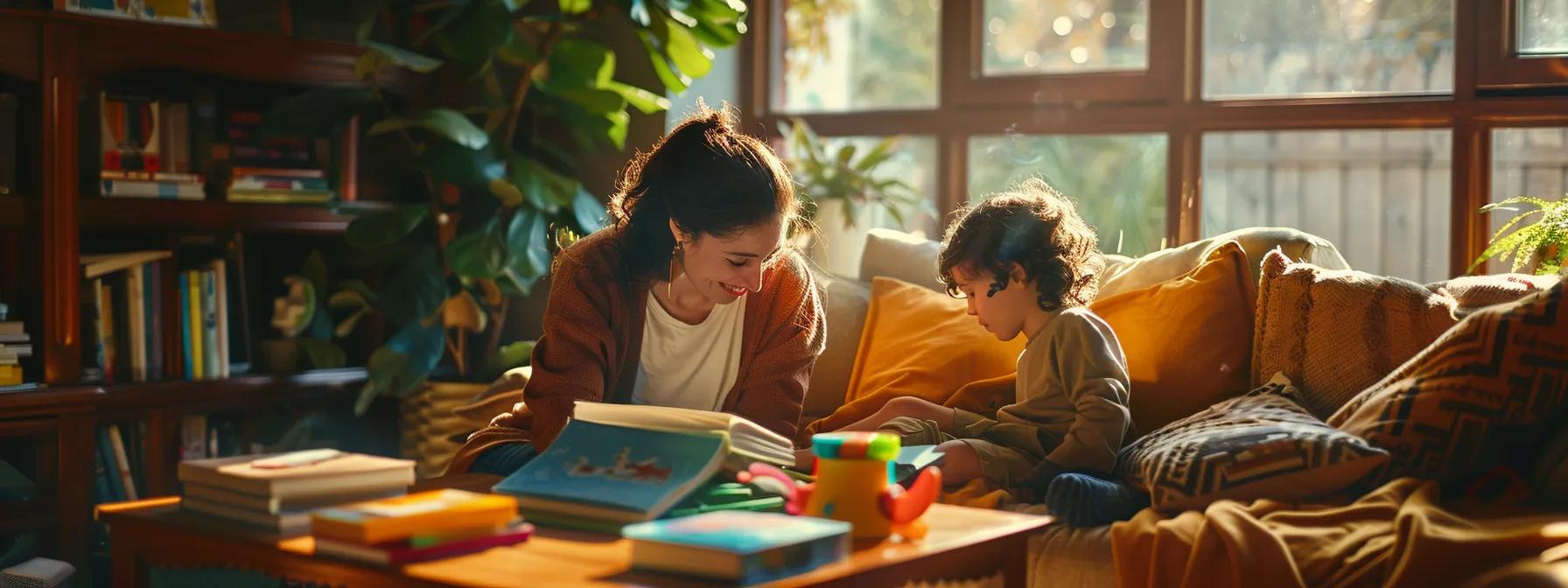
Beyond the classroom, play based learning builds stronger bonds between parents and children, and promotes early learning in the home environment. It creates a positive emotional climate that supports both academic growth and familial connection.
How Can Parents Support Learning Through Play at Home?
Parents are encouraged to: • Create designated play areas that spark creativity and exploration. • Engage in simple activities such as block building, pretend play, or interactive reading. • Participate in school and community activities to align home learning with classroom themes. This involvement reinforces academic concepts and cultivates a continuous, enjoyable learning process.
What Are the Long-Term Benefits of Play Based Learning for Children?
Long-term benefits include improved academic performance, enhanced language and problem-solving skills, and greater emotional resilience. Children who experience play based learning show higher confidence, better teamwork, and increased adaptability. These skills prepare them not only for secondary education but also for real-world challenges, encouraging a lifelong love of learning.
How Does Play Based Learning Strengthen Parent-Child Relationships?
Engaging in shared play activities builds communication, trust, and mutual understanding. These routines create cherished family memories and provide a consistent space for open dialogue about emotions and challenges, deepening the bond between parents and children and establishing a nurturing home environment.
What Research Supports the Effectiveness of Play Based Learning in Early Childhood?
A substantial body of research supports play based learning for its role in enhancing cognitive, social, and emotional development. Studies show that playful environments boost language development, memory retention, and analytical skills compared to traditional instruction. Furthermore, standardized assessments confirm that play improves social competence, collaboration, and conflict resolution in young learners.
Which Studies Highlight Cognitive and Social Benefits of Play?
Research from institutions such as the Harvard Center on the Developing Child and NAEYC has shown that play based learning improves language skills, memory, and analytical abilities. Peer-reviewed studies also document that interaction during play strengthens social competence and enhances teamwork and conflict resolution skills—all critical for comprehensive education.
How Does Play Based Learning Compare to Traditional Teaching Methods?
Unlike traditional methods that rely on rote memorization and direct instruction, play based learning integrates hands-on activities with academic content. This child-centered approach leads to improved creativity, adaptability, and confidence. It supports a deeper understanding of concepts through real-world application and active participation, setting a clear paradigm shift toward holistic education.
What Role Does Neuroscience Play in Understanding Learning Through Play?
Neuroscience explains that play stimulates multiple brain regions at once, boosting neuroplasticity and synapse formation. The release of dopamine and oxytocin during play increases motivation and strengthens the brain’s executive functions such as attention, memory, and self-regulation. These insights confirm that play is intrinsically aligned with natural brain development and lifelong learning.
How Do Childcare Centers and Early Education Programs Integrate Play Based Learning?
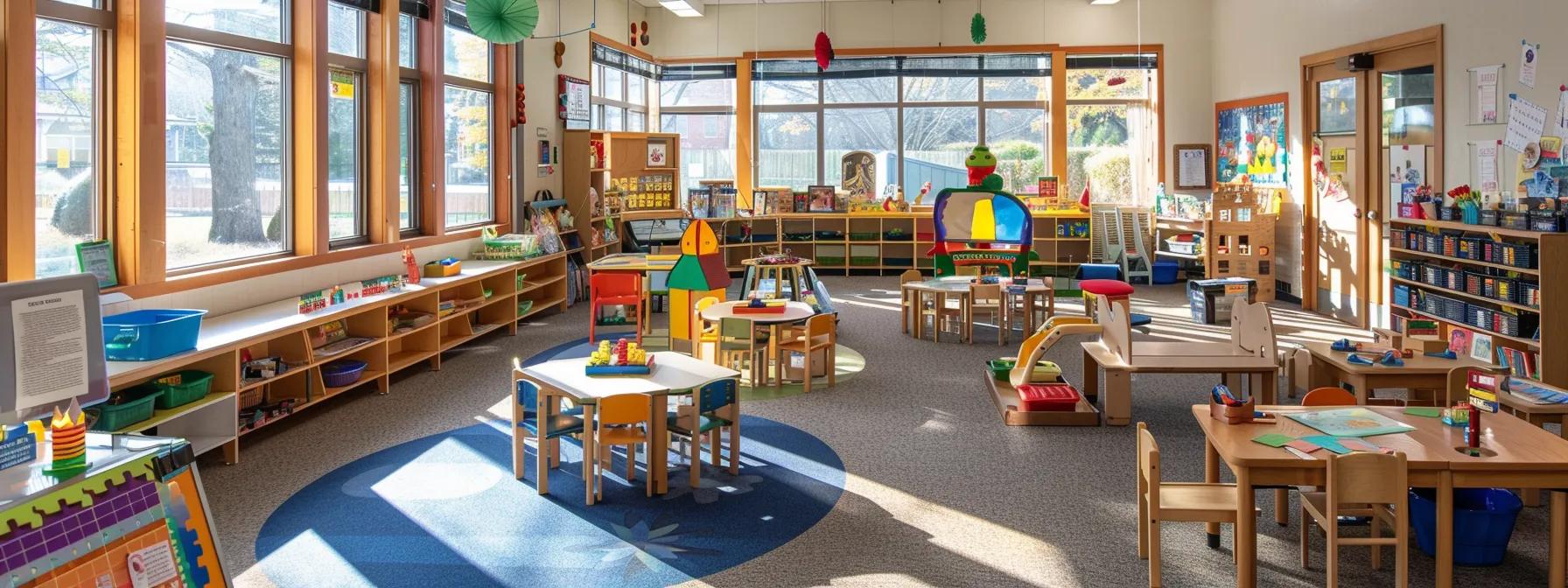
Childcare centers integrate play based learning by designing environments where structured and free play coexist. Administrators create curricula that blend academic standards with playful exploration, ensuring every activity contributes to a child’s overall growth. This often involves reconfiguring classroom spaces, rethinking scheduling and teacher roles, and engaging parents in the learning process.
What Are Examples of Successful Play Based Learning Programs?
Internationally recognized methods like Montessori and Reggio Emilia exemplify successful play based learning. In these programs, activities are child-directed and focus on self-paced, hands-on learning. Classrooms feature interactive stations for storytelling, science experiments, and block building. These environments have led to higher student engagement, improved social skills, and better academic outcomes.
How Do Administrators Support Play Based Learning Implementation?
Support from administrators includes: • Allocating resources for flexible classroom materials and digital tools. • Providing continuous professional development and creating communities of practice. • Conducting regular classroom evaluations to ensure quality and consistency. This supportive ecosystem is crucial for sustaining innovative, play based learning approaches.
What Challenges Do Centers Face When Adopting Play Based Learning?
Implementing play based learning can be challenging when balancing academic rigor with free exploration. Centers may face resource limitations, time constraints, and misconceptions about the academic value of play. However, centers that invest in teacher training and collaborative planning often overcome these challenges, reporting improved child engagement and social-emotional development.
How Can Play Based Learning Foster Holistic Child Development?
Play based learning addresses multiple dimensions of child development—cognitive, physical, emotional, and social. This holistic strategy builds a well-rounded foundation that prepares children for academic success as well as for life’s challenges.
How Does Play Support Physical Development and Motor Skills?
Active play enhances both fine and gross motor skills. Activities such as running, climbing, drawing, and building not only develop muscle strength, coordination, and spatial awareness but also improve balance and agility. Regular physical activity during play promotes overall health, which is crucial for maintaining focus during academic tasks.
What Role Does Play Have in Emotional Regulation and Resilience?
Play is a natural medium for emotional expression. Role-playing and group activities enable children to explore feelings, practice empathy, and learn conflict resolution in a safe environment. These experiences improve their ability to manage emotions, develop resilience, and build supportive social networks—skills essential for both personal and academic success.
How Does Play Encourage Language and Communication Skills?
Play based environments promote language development by engaging children in storytelling, dramatic play, and interactive dialogue. These activities encourage the use of varied vocabulary and improve listening skills, grammar, and conversational turn-taking. Such rich language interactions bolster literacy and prepare children for more formal educational settings.
Table: Summary of Play Based Learning Benefits
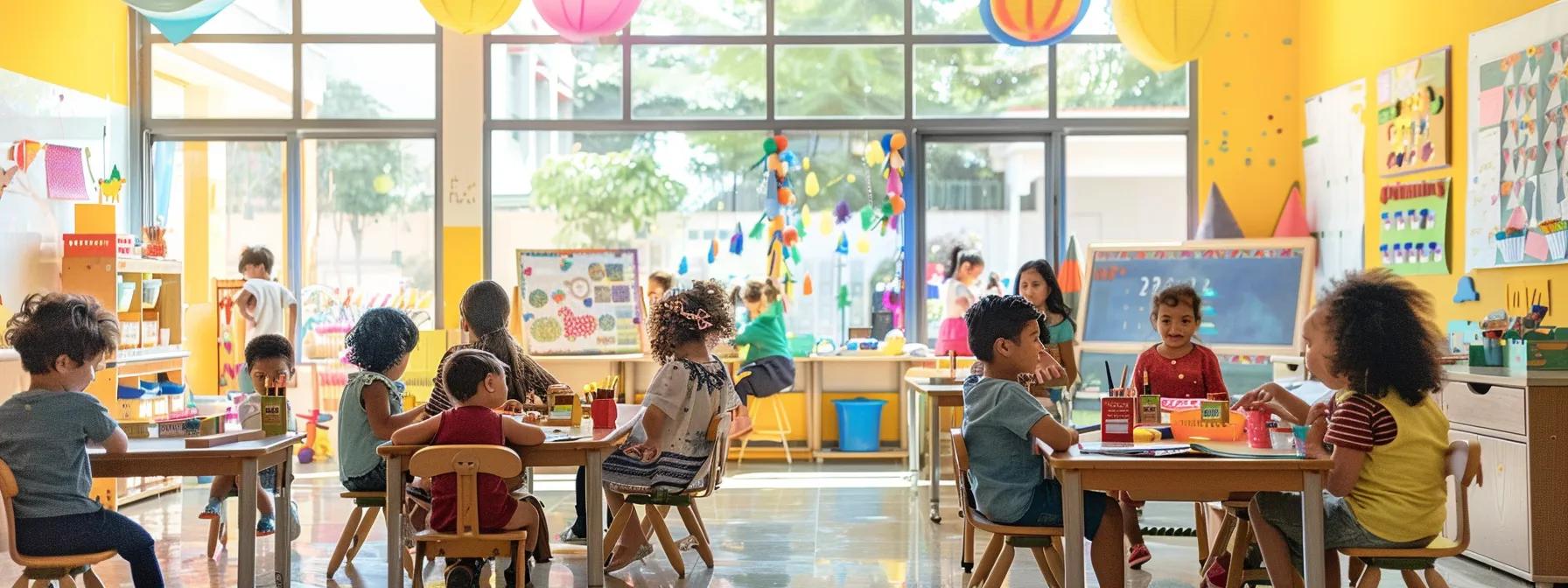
Before delving into details, the table below summarizes the key functions and benefits of play based learning.

This table illustrates the multifaceted benefits of play based learning and how each component contributes to a rounded developmental foundation.
How Do Childcare Centers and Early Education Programs Integrate Play Based Learning?
Childcare centers create structured environments where play is integrated with educational objectives. By designing multiple play zones for art, science, dramatic, and physical activities, centers ensure that each child receives personalized and comprehensive support. Collaborative planning sessions and observation-based assessments help tailor the curriculum to diverse learning styles.
What Are Examples of Successful Play Based Learning Programs?
Successful programs include internationally recognized models such as Montessori and Reggio Emilia, where child-directed, hands-on learning prevails. These centers report improved language skills, social competence, and academic performance through interactive play-based stations and thematic learning.
How Do Administrators Support Play Based Learning Implementation?
Administrators facilitate successful play based learning by providing necessary resources, engaging in teacher training initiatives, and fostering a collaborative culture among educators and parents. Regular evaluations and flexible classroom designs are key to maintaining high-quality play based environments.
What Challenges Do Centers Face When Adopting Play Based Learning?
Challenges include balancing free play with academic goals, limited resources, and traditional mindsets favoring direct instruction. However, centers that invest in professional development and collaborative strategies typically overcome these obstacles, realizing better engagement and holistic child development.
How Can Play Based Learning Foster Holistic Child Development?
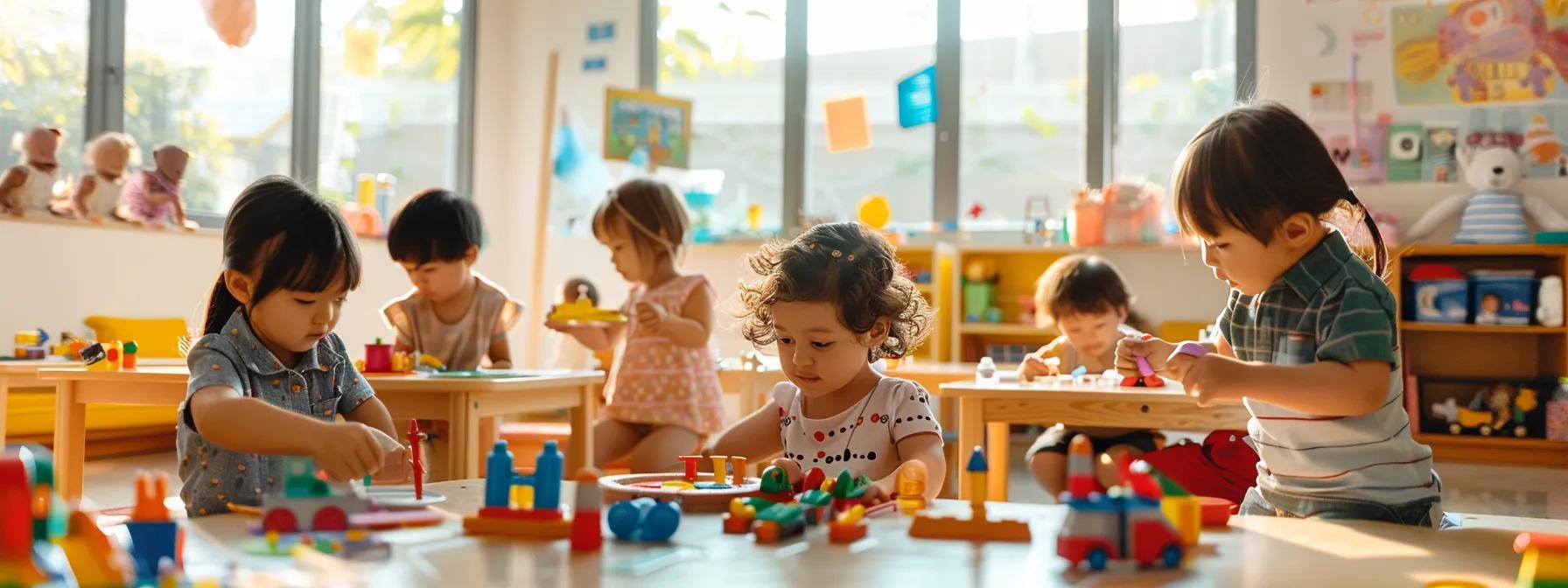
Play based learning supports overall child development by simultaneously nurturing cognitive, physical, emotional, and social skills. This integrated approach prepares children for academic success and life challenges.
How Does Play Support Physical Development and Motor Skills?
Play activities such as climbing, drawing, and building help develop fine and gross motor skills, coordination, and balance. Regular engagement in physical play ensures that children build strength and spatial awareness essential for later academic tasks.
What Role Does Play Have in Emotional Regulation and Resilience?
By engaging in interactive play and role-playing, children learn to manage emotions like frustration and joy. This process develops resilience and the ability to cope with stress, which reinforces positive social interactions and academic perseverance.
How Does Play Encourage Language and Communication Skills?
Interactive play promotes effective communication. Through storytelling, dramatic play, and group discussions, children build vocabulary, practice grammar, and develop strong listening and conversational skills, laying a solid foundation for academic literacy.
Table: Comparison of Play Based Learning Components and Their Benefits

This summary table underscores how play based learning fosters a comprehensive developmental framework.
How Can Play Based Learning Foster Holistic Child Development?
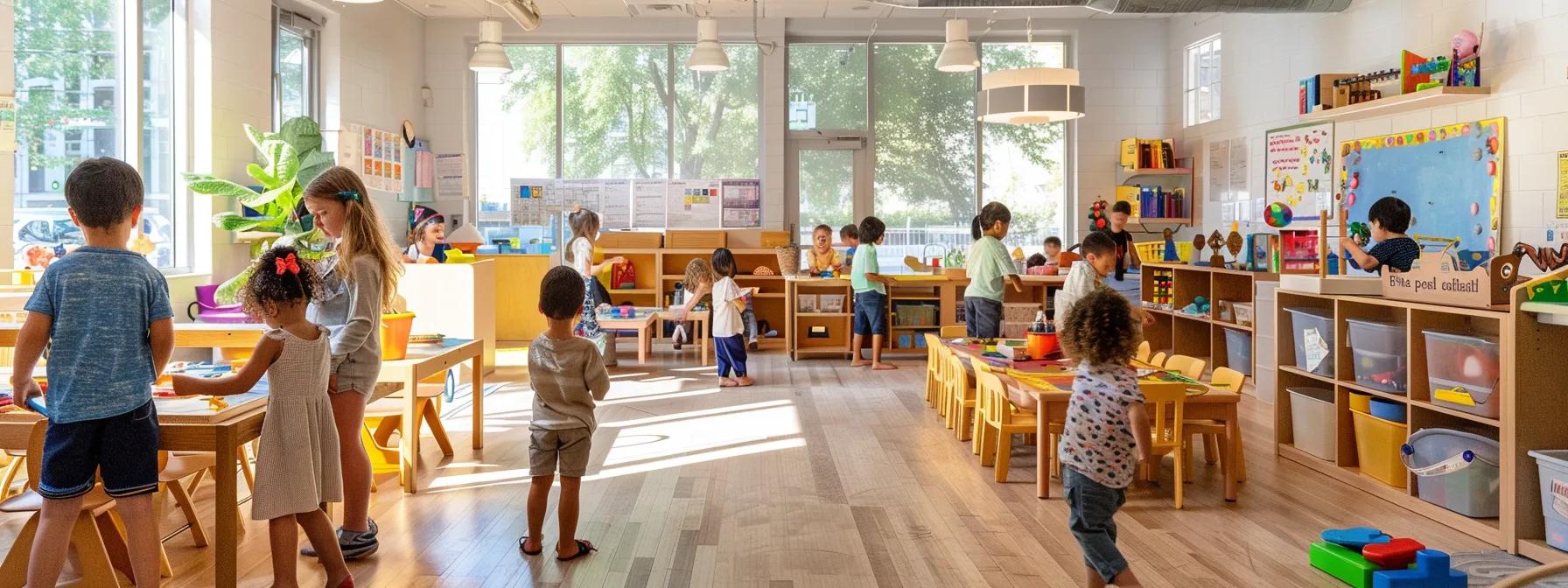
(See above section for additional context on holistic development.)
Frequently Asked Questions
Q: How is play based learning different from traditional teaching methods? A: Play based learning integrates free and guided play as a central approach rather than relying solely on direct instruction. This method encourages active exploration, creative thinking, and social interaction, leading to a more engaging and well-rounded educational experience.
Q: What evidence supports the effectiveness of learning through play? A: Studies from institutions like Harvard and NAEYC have shown that play based learning improves cognitive flexibility, language development, and social skills. Neuroscientific research indicates that play releases dopamine, which enhances motivation and neural connectivity essential for learning.
Q: Can parents support play based learning at home? A: Yes. Parents can create interactive spaces, participate in play activities, and align home sessions with classroom themes. Simple activities like block building, interactive reading, and imaginative role-play reinforce academic concepts and strengthen parent-child bonds.
Q: How do educators assess the progress of children in a play based curriculum? A: Educators continuously observe, document, and assess children’s engagement, social interactions, and problem-solving skills during play. These formative assessments help tailor activities to each child’s developmental needs.
Q: What professional development is available for teachers implementing play based learning? A: Teachers can access workshops, conferences, and online courses focused on developmental psychology, curriculum design, and practical strategies for balancing academic outcomes with creative exploration.
Q: How does play based learning enhance emotional regulation in children? A: By providing structured yet flexible environments, play based learning enables children to express and manage emotions. Techniques learned through role-playing and collaborative games help build resilience and improve stress management.
Q: How does a play based curriculum align with early childhood educational standards? A: A play based curriculum incorporates age-appropriate activities that meet required competencies in literacy, numeracy, science, and social studies. The integration of thematic units and guided play ensures that children enjoy flexible learning while achieving rigorous academic benchmarks.
Final Thoughts
Play based learning offers an innovative, effective approach to early childhood education by merging play with academic and developmental growth. It creates dynamic environments where children thrive both socially and academically. By embracing curricula that value exploration, creativity, and interaction, educators and parents can foster holistic development, preparing children for lifelong learning and success.
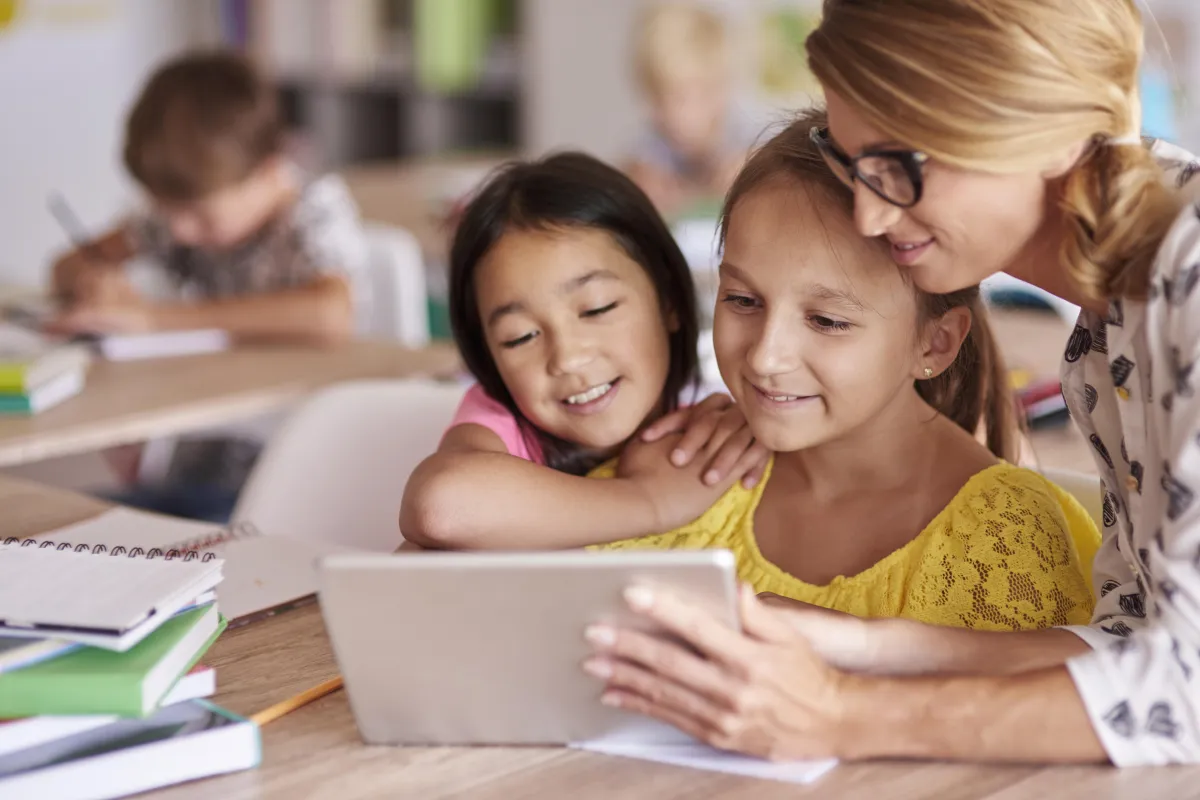
Infant Care
Nurturing and caring environment for your little one's growth.
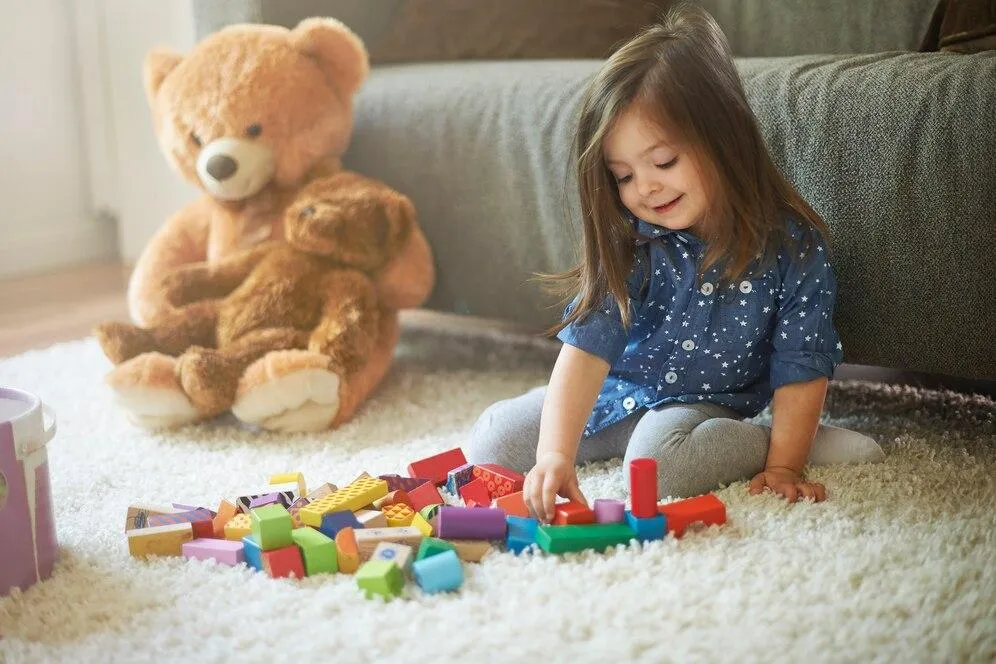
Toddler Care
Nurturing growth and discovery in a safe, loving environment.
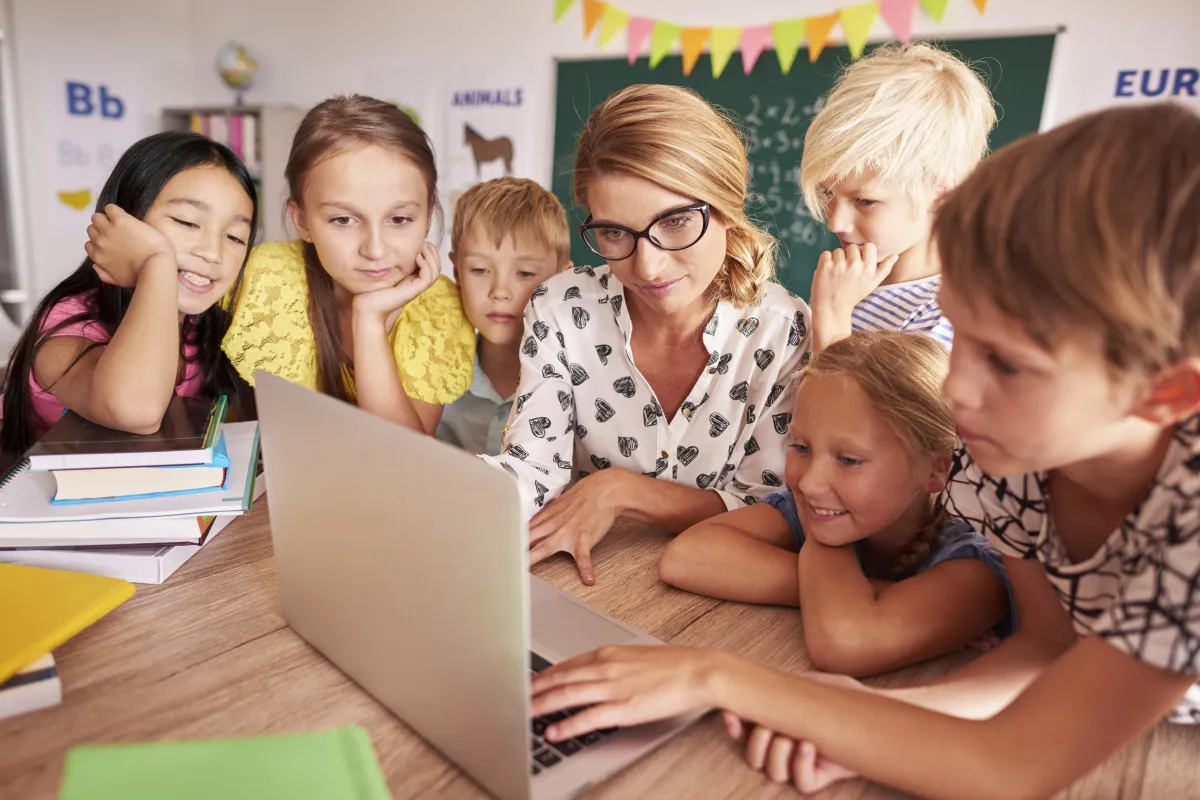
Preschool
Nurturing creativity and growth in a safe, engaging environment.
Ga Pre-K Lottery
Unlock educational opportunities with our Ga Pre-K Lottery program.
AfterSchool
Enriching and safe after-school care tailored to children's growth.
Kindergarden
Nurture young minds with personalized attention and engaging activities.
Testimonials
Our Parents love us
Here's some of what they had to say
My daughter has been going here for a year. She and we love it! The staff is very kind and helpful. They listen to my concerns and always help her and engage her with activities that fit her abilities instead of just her age! We have restricted diet; they work with us to accommodate her. Chroma has become our second family!
Khawla M.

My daughter loves it here. She loves all her teachers, she learns something new every day. We love the activities they provide our child with.
Jessica B.
